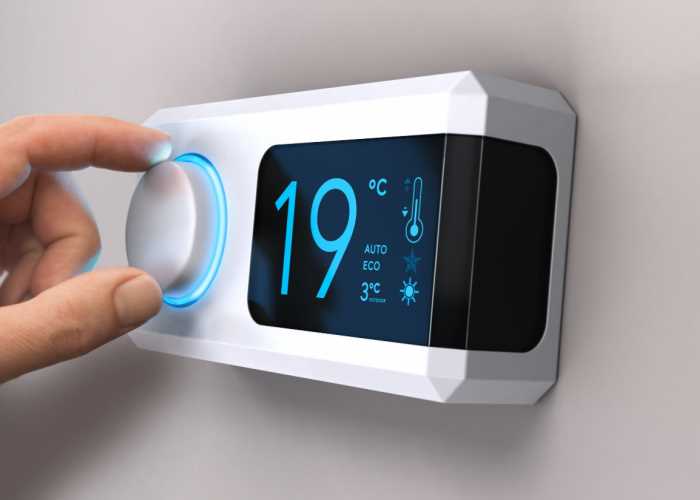An AC system is complex. It's a network of components all working together, and at the heart of it all is the thermostat.
This device acts as the control centre, regulating the temperature inside your home. But its accuracy can diminish over time.
Where this is the case, recalibration may be necessary.
This is the process of adjusting the thermostat so its displayed temperature matches the actual temperature in the room. It not only maintains comfort but reduces energy consumption and wear on your system.
There are a few key signs that your thermostat might be in need of recalibration.
Noticeable differences between the set temperature and the actual room temperature can indicate an issue.
If you find yourself adjusting the thermostat to compensate for discomfort, explore the problem further.
Observe how quickly your system responds to changes in temperature settings. A well-calibrated thermostat should prompt the system to activate or deactivate within a reasonable timeframe.
Look for delays in temperature changes or rapid cycling (frequent on-off cycles).
Track your energy bills over time, especially during peak cooling season. If you notice spikes in consumption without an increase in use, your thermostat could be the issue.
A well-calibrated thermostat optimises energy usage, leading to more consistent energy bills.
If you think you have a problem, check your thermostat for accuracy. You can do this by placing a separate thermometer nearby.
Leave both the thermometer and the thermostat for about 15-20 minutes to stabilise. Then compare the readings. If there's a significant difference (more than a degree or two), your thermostat might need recalibration.
Recalibration differs between traditional and digital or smart thermostats.
Traditional thermostats need manual adjustments to the mechanism. Their modern equivalents have calibration settings accessible through their menu.
Below we cover the process for digital and smart thermostats, as these are now the most common devices used.

Each model may have different calibration procedures, so first consult the manufacturer's manual.
If you don't have the manual, you can usually find it online by searching for your thermostat model number.
Calibration settings are usually found through the thermostat's menu. For some models, you may need to press specific buttons in a particular sequence. Refer to your manual for the exact steps involved.
Once there, follow the on-screen prompts to increase or decrease the displayed temperature. Confirm your changes and exit calibration mode.
As well as the displayed temperature, you may need to adjust the temperature differential settings.
This is the range within which the thermostat allows the temperature to fluctuate before triggering the AC to turn on or off. During the summer, you'll want to set a narrower temperature differential to ensure precise control over your home's temperature.
Once you've made the necessary adjustments, test your thermostat.
Set the desired temperature a few degrees cooler than the current room temperature and observe how the AC responds. Repeat this process at different times of the day to account for temperature fluctuations.
Recalibrating your thermostat is just one part of ensuring your home's AC system operates efficiently.
Regular maintenance - like changing air filters and cleaning vents - is key for optimal performance. Additionally, book an annual maintenance visit from a qualified professional.
They’ll make sure your system is running smoothly and catch any potential issues before they become a problem.
